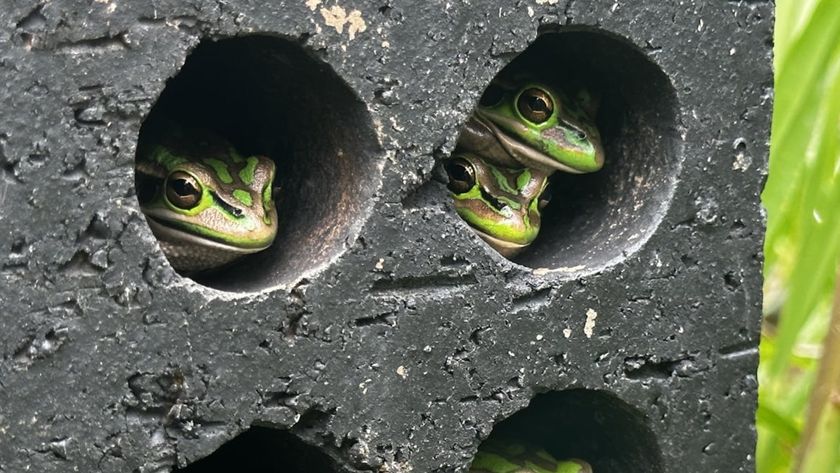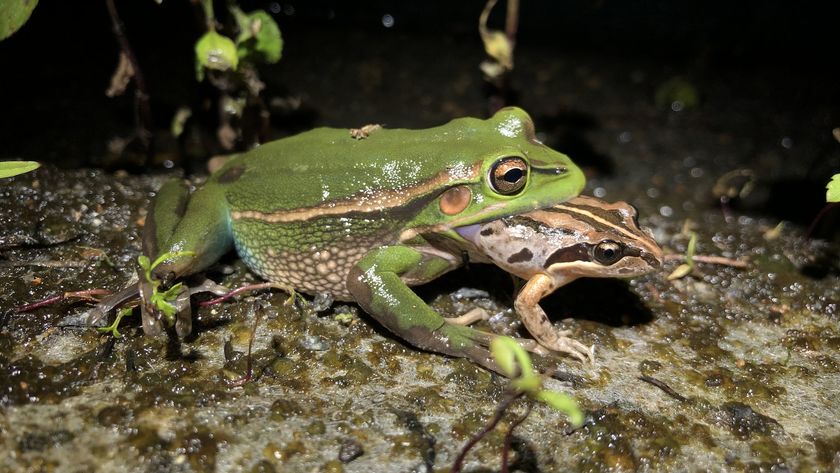New Jelly-Bean-Size 'Masked' Frog Discovered in the Andes
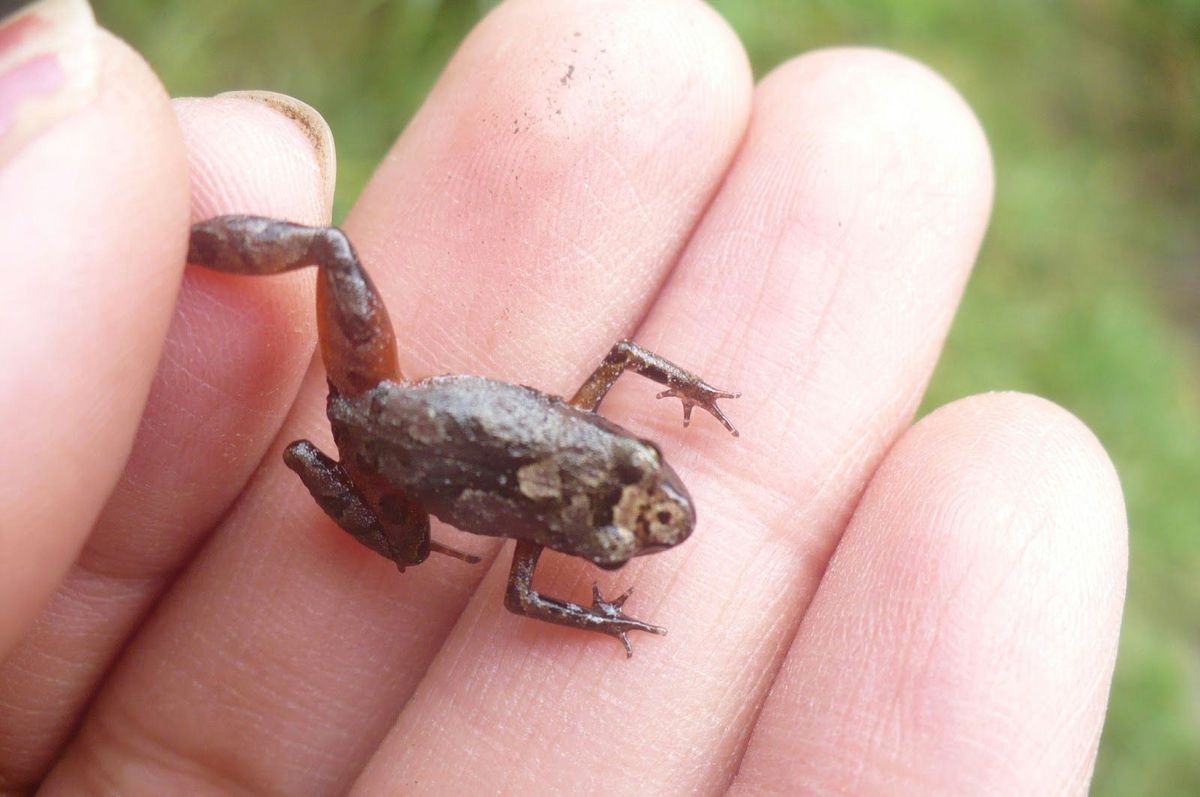
A tiny new frog species discovered in the Peruvian Andes has a white-mottled belly and a dark face mask that makes it look like a bandit.
Noblella madreselva lives in the humid cloud forest near Cusco, Peru, probably only in the valleys right around where it was discovered, researchers report today (Aug. 6) in the journal ZooKeys. The frogs, which are not much bigger than jelly beans, can fit on the tip of a human finger. They're active during the day, and live in leaf litter on the forest floor.
Vanessa Uscapi, a biologist at the National University of Saint Anthony the Abbot in Cusco, Peru, discovered the new tiny frog in January 2011, but only now has it been officially described. She and her colleagues picked the name madreselva to honor conservation initiatives in the region: The word means "mother jungle" and is also the name of a nearby ecotourism lodge and a small valley where a group called Sircadia is trying to launch a sustainable eco-community. [In Photos: Teeny-Tiny Frogs Found in Brazil]
N. madreselva has a dark-brown body with a darker patch on its head. Its belly is decorated with striking white marks. It's not the only recently discovered tiny frog with bold coloration; in June, researchers in Brazil announced the discovery of seven itsy-bitsy new frogs from rainforests in Brazil. Those frogs, all of which belong to the genus Brachycephalus, came in colors ranging from greenish-brown to bright orange and blue.
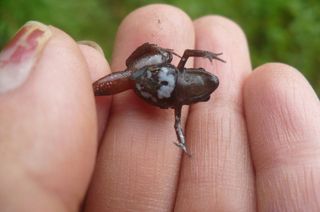
The smallest frog ever discovered hails from Papua New Guinea, and could perch quite comfortably on a penny. Frogs, of the genus Paedophryne, are less than half an inch long. The smallest species in the genus, Paedophryne amauensis, grows to be just 0.3 inches (7.7 millimeters), on average. It's not only the world's smallest frog, but also the smallest vertebrate discovered so far.
The newly discovered Peruvian frog likely has a very limited geographical range, making it vulnerable to the effects of deforestation and habitat loss, Uscapi and her colleagues said. Andean frogs are also at risk of a deadly chytrid fungus called Batrachochytrium dendrobatidis. This fungus has devastated frog populations worldwide. It causes the amphibians' skin to harden, disrupting their electrolyte balance and causing cardiac arrest. A December 2013 study in the journal Conservation Biology found that climate change in the Andes is increasing the area in which this fungus can thrive. Alessandro Catenazzi, one of the researchers on the team that discovered the new frog along with Uscapi, was an author of that 2013 study as well.
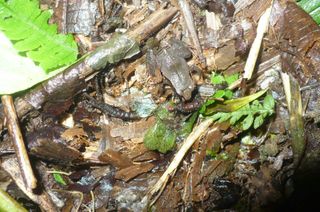
The researchers found that highlands frogs in the Andes were vulnerable to the fungus, while lowlands frogs were likely to suffer not from the fungus, but from warming temperatures.
Sign up for the Live Science daily newsletter now
Get the world’s most fascinating discoveries delivered straight to your inbox.
"The frogs in the highlands will not suffer from climate change anytime soon, but they're doomed because of the fungus, whereas the frogs in the lowlands are shielded from the fungus but they're going to be toasted because it's too hot," Catenazzi told Live Science at the time.
Follow Stephanie Pappas on Twitterand Google+. Follow us @livescience, Facebook& Google+. Original article on Live Science.

Stephanie Pappas is a contributing writer for Live Science, covering topics ranging from geoscience to archaeology to the human brain and behavior. She was previously a senior writer for Live Science but is now a freelancer based in Denver, Colorado, and regularly contributes to Scientific American and The Monitor, the monthly magazine of the American Psychological Association. Stephanie received a bachelor's degree in psychology from the University of South Carolina and a graduate certificate in science communication from the University of California, Santa Cruz.
